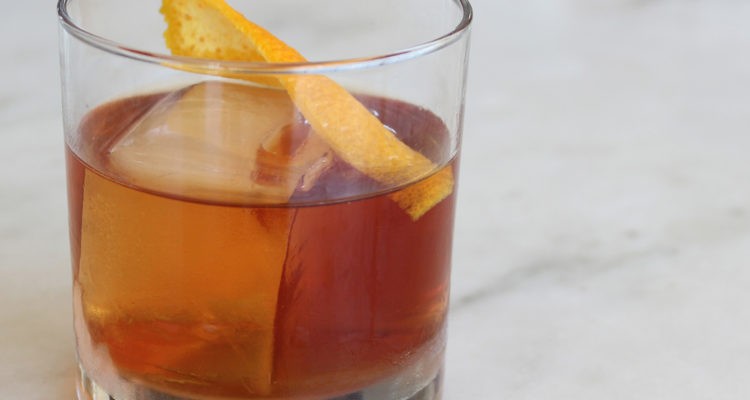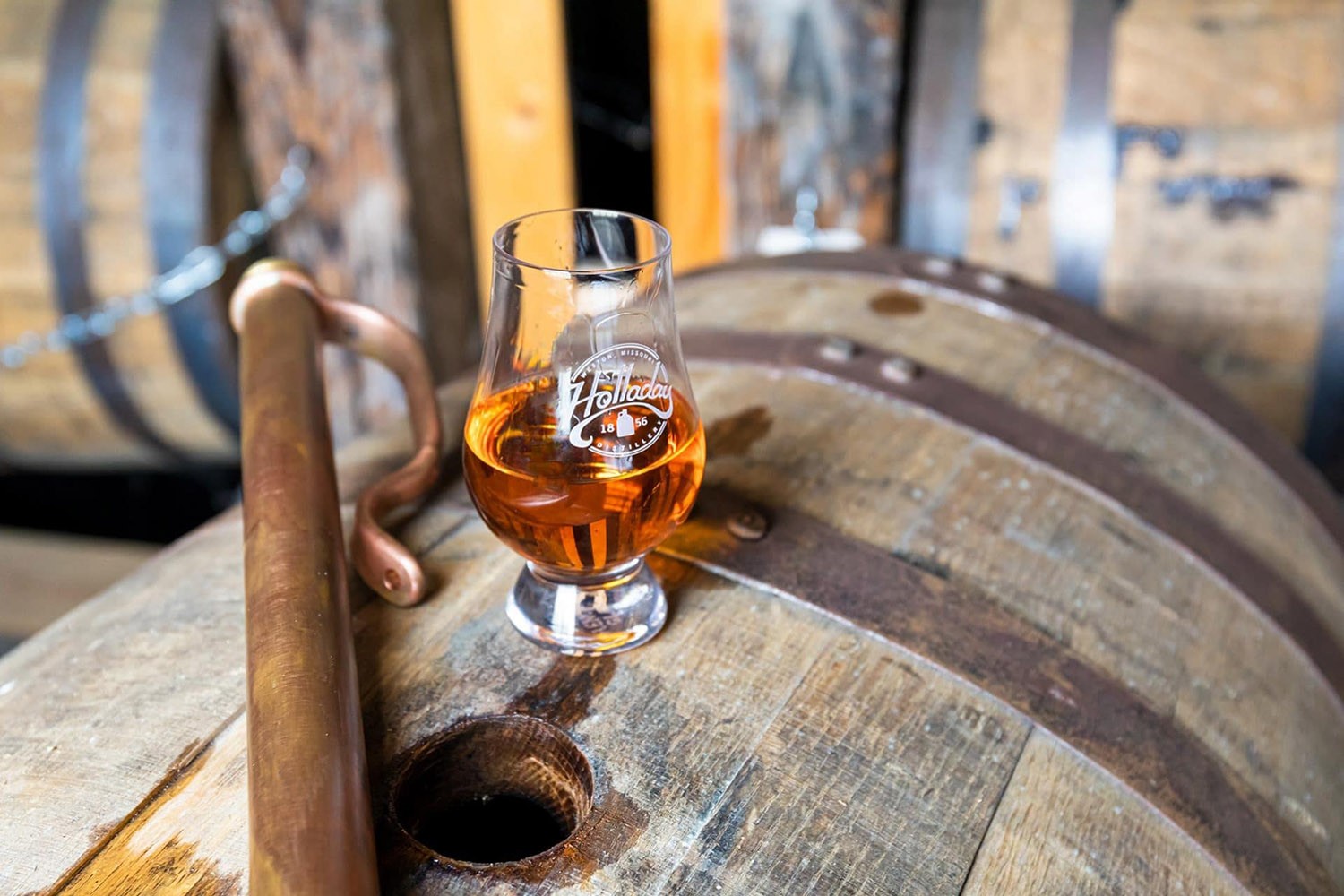Story by Dave Eckert…. Instagram @eatsanddrinkswithdave
In the middle of winter, on a dark, cold night, a dram of whiskey is often just what the doctor ordered. So, when publisher Renée Demott suggested I write an article on the different styles of whiskey and how Kansas City’s distilleries fit into the picture, I leapt at the opportunity. Before I get into K.C.’s whiskey contributions, I thought it might be helpful to give a brief definition whiskey in general along with the four main expressions of whiskey.
Whisky or Whiskey
Whisky or Whiskey, depending on whether you’re talking about Scotch or Irish, is a distilled alcoholic beverage made from fermented grain mash. Various grains are used for different varieties, including barley, corn, rye, and wheat, and those grains can be malted (Scotch) or largely unmalted (Irish). Whisky/Whiskey is typically aged in wooden casks that are made of charred white oak.
Scotch Whisky
Scotch Whisky, often referred to simply as Scotch, is a whisky produced in Scotland using malted barley. Scotch whisky is divided into five distinct categories: single malt Scotch whisky, single grain Scotch whisky, blended malt Scotch whiskey, blended grain Scotch whisky, and blended Scotch whisky, All Scotch whisky must be aged in oak barrels for at least three years.
Irish Whiskey
Irish Whiskey is a product made entirely in Ireland from barley. Irish Whiskey largely uses unmalted barley and includes examples that are both blended and single malts. Irish Whiskey is typically triple-distilled, where Scotch is often distilled only twice, leading many drinkers to conclude that Irish Whiskey is smoother and more accessible.
Bourbon Whiskey
Bourbon Whiskey is an American Whiskey that is barrel-aged and made primarily (minimum of 51%) from corn. Bourbon must be distilled to no more than 160 (U.S.) proof (80% alcohol by volume). It must be aged in new, charred oak barrels. Bourbon may not be introduced to the barrel at higher than 125 proof (62.5% alcohol by volume). It is a misnomer that Bourbon can be, and is, produced only in Kentucky as it can be produced anywhere in the U.S. if the laws covering its production are followed.
American Rye Whiskey
American Rye Whiskey is, by law, made from a mash of at least 51% rye. Other grains are usually comprised of corn and malted barley. Rye is distilled to no more than 160 U.S. proof (80% ABV). It is aged in charred, new oak barrels, and must be put in the barrels at no more than 125 proof (62.5% ABV). Rye Whiskey that has been aged for at least two years and that has not been blended with other spirits can be labeled “Straight Rye Whiskey.”
For insight into where Kansas City fits into this world of whiskey, I turned to Kevin Fossland, a spirits expert who has organized a group representing Kansas City’s spirits community called The Spirits of KC. “The goal is to promote local spirits to area restaurants and bars, and then, obviously, to consumers. We held a media tasting and were getting ready to organize some public events when the pandemic hit and everything shut down,” Fossland recalled.
I had the good fortune of attending the media tasting Fossland put on. There, I had the opportunity to taste the products of more than a half dozen local distilleries side by side. That tasting confirmed what I had suspected, and what Fossland also believes – that the metro’s distilleries offer high- quality whiskeys in a wide range of styles and expressions.
Fossland specifically points to the signature Kansas City Whiskey that J. Rieger has created by adding Oloroso Sherry to the blend, the Irish Whiskey from Restless Spirts in homage to the owner’s heritage, a unique wheat whiskey utilizing Kansas’ famed grain, and Bourbons and Rye Whiskeys from Union Horse, S.D. Strong, Holladay, Tom’s Town, and others. The real winners in that diversity, Fossland says, are consumers. “I think Rieger is going to be the frontrunner because they’ve got the Kansas City designation, but all of the distilleries have unique stories and products. It’s just a matter of the market getting to know them better,” Fossland said.
Of course, losing a huge chunk of their market with bars and restaurants closing or at least curtailing their operations has been difficult for local distilleries, but Fossland is hoping for a resurgence in 2021 along with a new-found awareness of the quantity and quality of local whiskey choices. “You have all of these different styles and expressions that I think we’re getting to the point where we should embrace that and realize that not everything has to taste like a Kentucky Bourbon or a Scotch or Irish Whiskey. Why not get to the point of let’s experiment-let’s get out there!” Fossland exclaimed.
Time for that dram! Cheers!








